I came across a rather simple looking circuit of a voltage divider circuit. It has 5V at one terminal and 0V at the other terminal. Let's start by connecting two 1K resistors in series between these two terminals. The voltage at the center is found to be 2.5V(using, say, a Multimeter). Increasing the resistor values to 1M gave the same result. I keep on increasing the resistance values till I get the series resistance equivalent to air and then I remove the physical resistances, leaving the air itself as a resistance. If I now measure the voltage midway between the two terminals I should be getting 2.5V but I do get nothing(0V) instead! Why? What other factors are in play here?

EDIT: Thanks for pointing out the incapability of meter to measure this voltage. My meter might be incapable of measuring this voltage, but is it really 2.5V in the mid over there?

